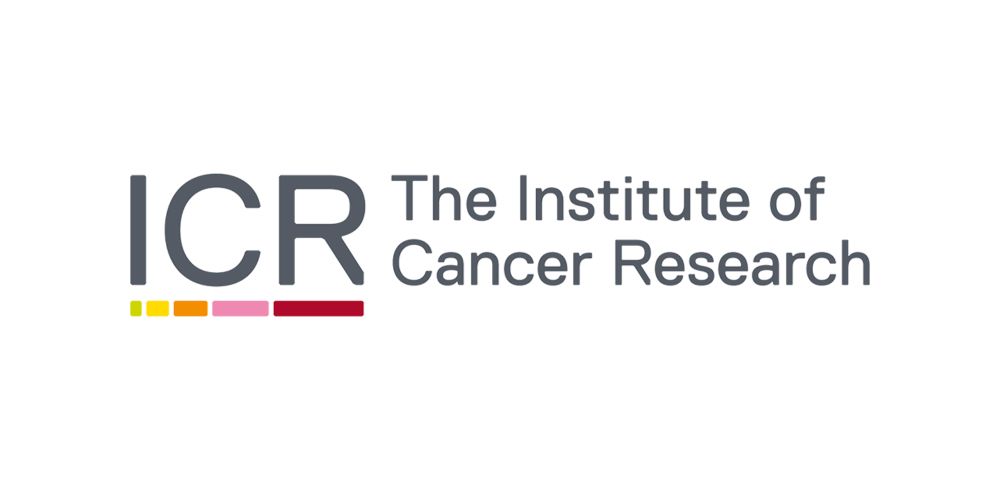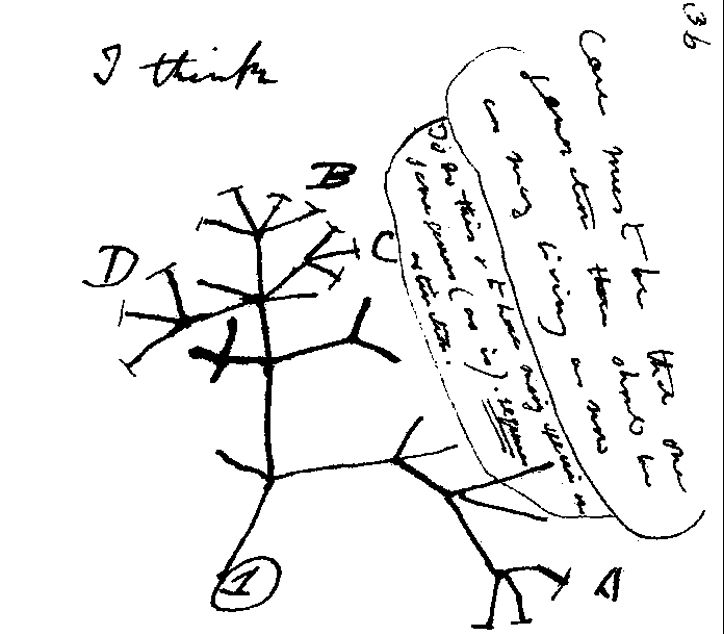Calum Gabbutt
@calumgabbutt.bsky.social
400 followers
61 following
21 posts
Computational biologist interested in cancer evolution, maths modelling and Bayesian stats.
Posts
Media
Videos
Starter Packs
Reposted by Calum Gabbutt
Reposted by Calum Gabbutt
Reposted by Calum Gabbutt
Reposted by Calum Gabbutt
Trevor Graham
@trevorgraham.bsky.social
· May 22

Data Scientist in Sutton | The Institute of Cancer Research
View details and apply for this Data Scientist vacancy in Sutton.
Salary : Salary range £39,805 to £49,023 (depending on the experience)
Reporting to: Professor Trevor Graham
...
jobs.icr.ac.uk
Calum Gabbutt
@calumgabbutt.bsky.social
· Nov 14
Calum Gabbutt
@calumgabbutt.bsky.social
· Nov 13
Calum Gabbutt
@calumgabbutt.bsky.social
· Nov 13
Calum Gabbutt
@calumgabbutt.bsky.social
· Nov 13
















